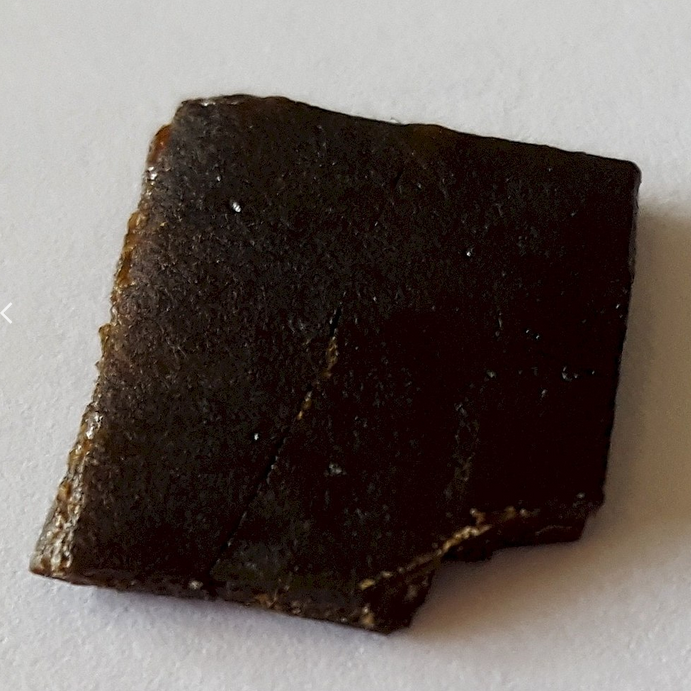|
Name: Opium, raw
Type: Opioid
AKA: Raw opium, gum opium

|
|
II. Natural Derivative

|
|
III. Chemical Profile (IUPAC name)

|
|
IV. History
Raw opium, derived from the opium poppy, has been used for thousands of years for its analgesic and psychoactive properties. Its historical use spans ancient civilizations, and it continues to be a source for the production of various opioids.

|
|
V. Legal Information
Raw opium is an unprocessed form of opium with high alkaloid content. It is controlled due to its potential for abuse and addiction. [Source: UNODC].
US Federal Schedule - II
Schedule II drugs, substances, or chemicals are defined as drugs with a high potential for abuse, with use potentially leading to severe psychological or physical dependence. These drugs are also considered dangerous. Some examples of Schedule II drugs are: combination products with less than 15 milligrams of hydrocodone per dosage unit (Vicodin), cocaine, methamphetamine, methadone, hydromorphone (Dilaudid), meperidine (Demerol), oxycodone (OxyContin), fentanyl, Dexedrine, Adderall, and Ritalin.
Key US Federal Policies:
Controlled Substances Act. Public Law: Public Law 91-513 (text can be found on GovInfo) (https://www.dea.gov/drug-information/csa). Date enacted: October 27, 1970.
|
|
VI. Physical Effects
Raw opium is obtained from the opium poppy and contains morphine and codeine. It acts as a downer, resulting in sedation, reduced heart rate, and constricted pupils. Short-term use provides effective pain relief, but long-term use can cause addiction, tolerance, and severe health issues. Overdose can result in fatal respiratory depression. Safe use requires precise dosing and medical supervision. Research emphasizes its potency and the high risk of addiction.  |
|
VII. Psychological Effects
Raw opium provides intense euphoria, pain relief, and sedation. Immediate effects include mood elevation and significant cognitive impairment. Long-term use can lead to severe dependence, tolerance, and withdrawal symptoms. Chronic use is associated with mood disorders, cognitive decline, and high overdose risk. Recent studies emphasize its potency and the severe psychological impacts of raw opium.
 |
|
VIII. Culture
Raw opium is derived from the opium poppy and contains a mixture of alkaloids. Its cultural significance is tied to its historical use in medicine and its role in the opioid crisis. Media coverage often focuses on the challenges of managing raw opium and its impact on public health. The substance is used both medicinally and recreationally, contributing to discussions about drug policy, addiction treatment, and historical medicine.
 |
